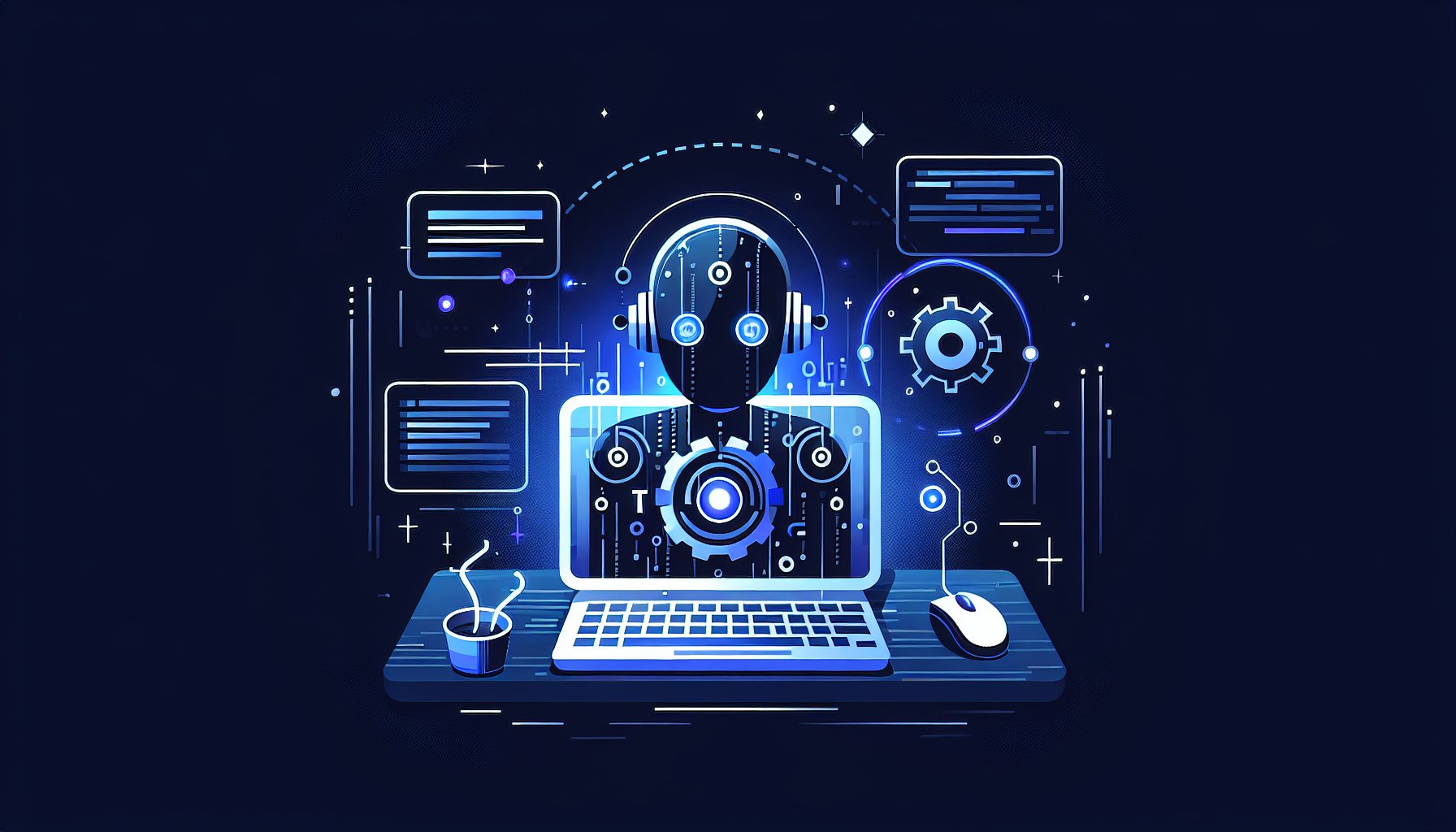Introduction
APIs, or Application Programming Interfaces, have always been the backbone of digital transformation, connecting systems and enabling seamless data exchange. In 2025, the landscape of API development has evolved into a more sophisticated and advanced arena. In this post, we will delve into the latest trends and practices in API development, shaping the future of digital innovation.
Embracing RESTful APIs
RESTful APIs continue to dominate the API development space. Their stateless client-server communication model, cacheable requests, and uniform interfaces make them a top choice for developers. But in 2025, it’s not just about building RESTful APIs, it’s about building them right. Adopting best practices such as using HTTP status codes correctly, leveraging HATEOAS (Hypermedia as the Engine of Application State), and ensuring APIs are versioned can drastically improve the maintainability and usability of your APIs.
The Rise of GraphQL
GraphQL has been steadily climbing its way to the top of the API development world. This query language for APIs allows clients to request exactly what they need, reducing unnecessary data transfers and improving performance. In 2025, GraphQL is not just a trend, it's a must-have skill in a developer's toolbox. Its strong typing, server-side data shaping and ability to aggregate responses from different sources make it a powerful tool in today’s microservices-oriented world.
Microservices & Serverless Architectures
With the shift towards cloud-native applications, the microservices and serverless architectures have redefined how APIs are being developed. APIs are no longer just layers on top of monolithic applications. Instead, each microservice has its own set of APIs, creating a loosely coupled architecture that can scale and evolve independently. Serverless architectures, where the infrastructure aspects are abstracted away, allow developers to focus on the core business logic of their APIs, fostering faster innovation.
Securing APIs
As APIs become more integral to digital platforms, their security has never been more critical. Implementing best practices such as employing API gateways, adopting OAuth 2.0 or JWT for authentication, and ensuring data is encrypted in transit and at rest, can significantly enhance API security. In 2025, API security is not an afterthought, but an integral part of the development process.
Conclusion
API development in 2025 is all about leveraging modern methodologies and emerging technologies to build scalable, efficient, and secure APIs. As developers, it’s crucial to keep our skills updated and adapt to these changes. RESTful APIs, GraphQL, microservices, serverless architectures, and robust security practices are the key to developing APIs that will drive the next generation of digital innovation. Let's embrace these trends and unlock new possibilities in the world of API development.
Remember, the future is not something that happens to us, it's something we create. So, let's start creating!